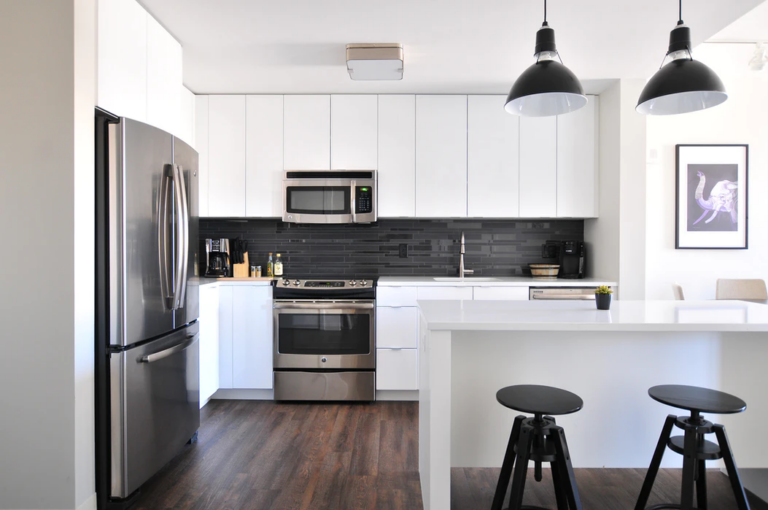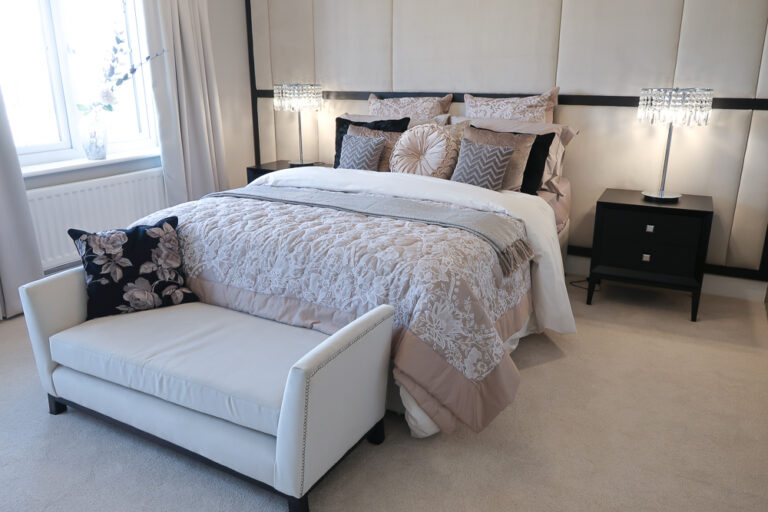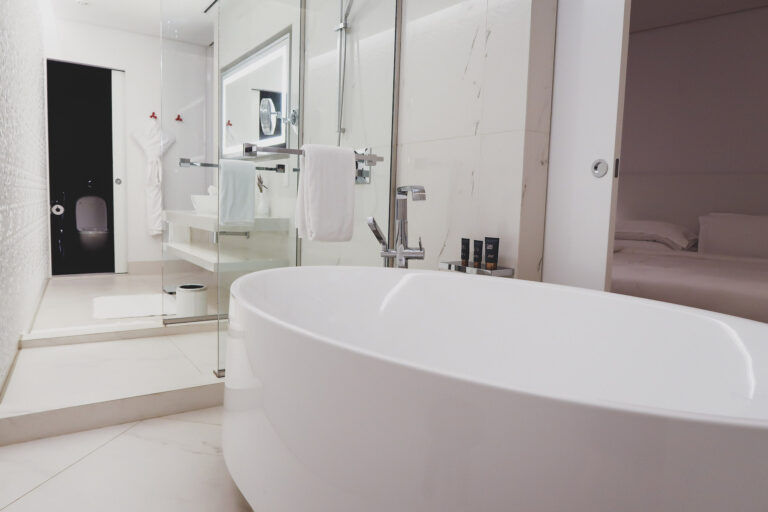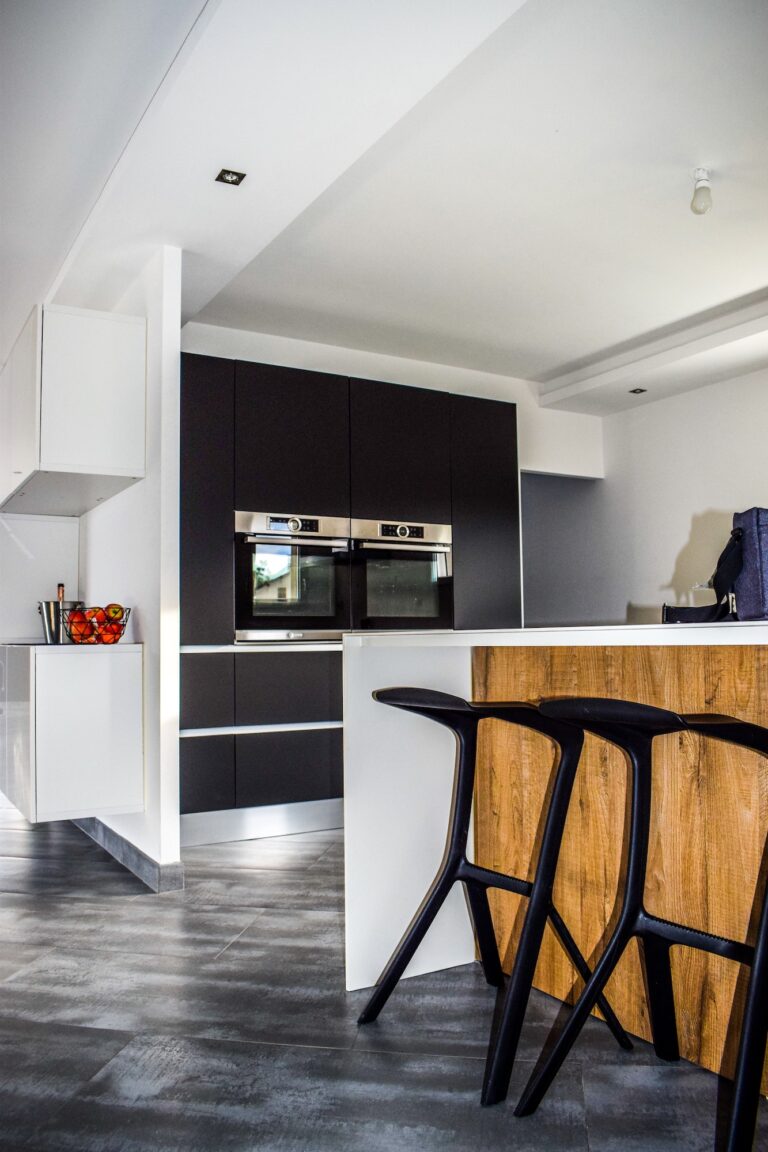How to Measure Your Bathroom for the Perfect Mirror Fit
Choosing the right mirror for your bathroom is more than just an aesthetic decision; it’s about finding a piece that complements the space both functionally and visually. Whether you’re considering a sleek LED bathroom mirror or a more traditional design, ensuring it fits perfectly in your bathroom is crucial. In this guide, we’ll walk you through the steps to measure your bathroom correctly so you can find the perfect mirror fit.
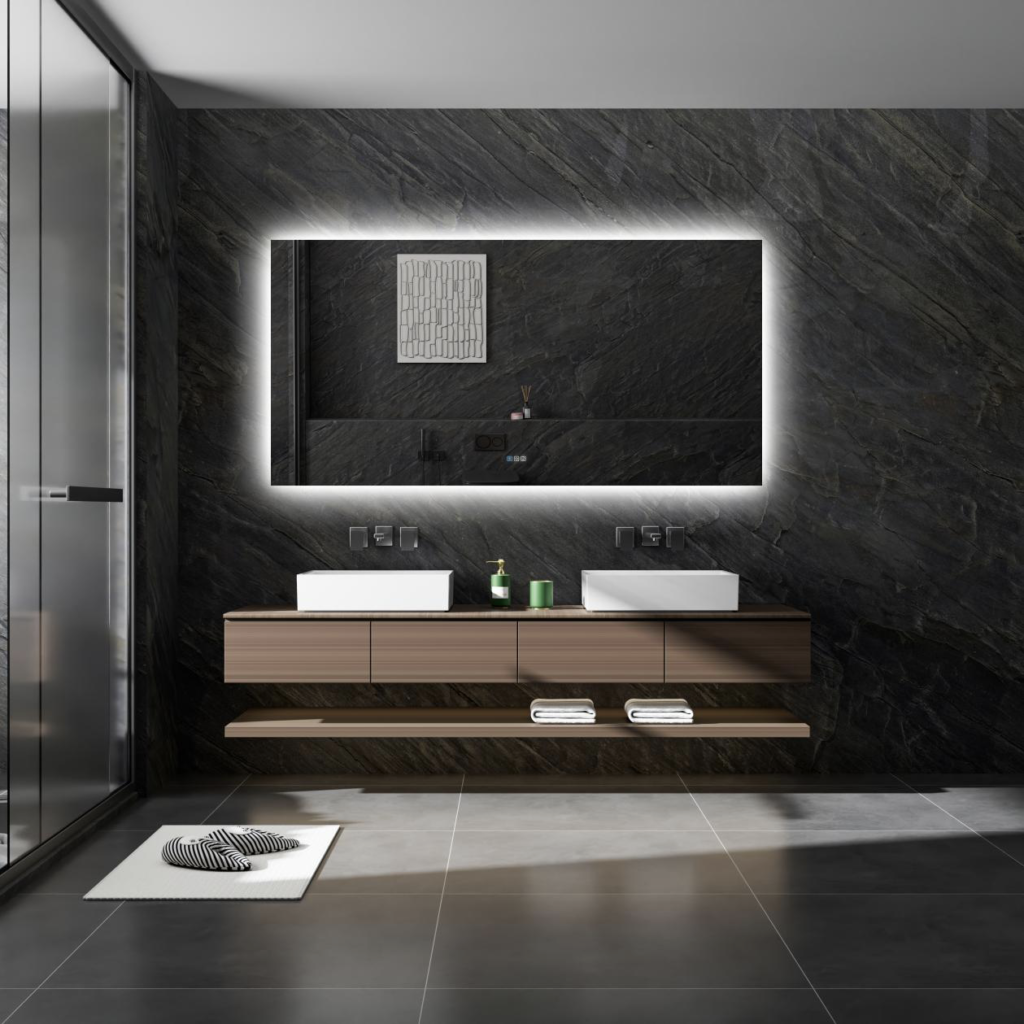
Why Accurate Measurements Matter
A well-fitted mirror can enhance the overall look of your bathroom, make the space appear larger, and improve lighting. On the other hand, a mirror that’s too large or too small can throw off the balance of the room, making it feel awkward or cramped. Accurate measurements help you avoid these issues, ensuring that your LED bathroom mirror fits seamlessly into your bathroom design.
Tools You’ll Need
Before you start measuring, gather the following tools:
- A measuring tape
- A pencil and paper for notes
- A level (optional but helpful for accurate placement)
- A step stool or ladder (if you need to measure higher spaces)
Step 1: Determine the Mirror Placement
The first step in measuring for your LED bathroom mirror is deciding where you want to place it. The most common location is above the vanity or sink, but mirrors can also be used in other areas, such as over a bathtub or on an accent wall.
Considerations for Mirror Placement
- Height: The mirror should be centered at eye level for the primary users. Generally, the center of the mirror should be about 60-65 inches from the floor.
- Width: The mirror should not be wider than the vanity or sink. A common rule of thumb is to choose a mirror that is about 2-4 inches narrower than the width of your vanity.
- Proximity to Other Fixtures: Ensure there’s enough space between the mirror and other fixtures like lights, outlets, and cabinets.
Step 2: Measure the Available Wall Space
Once you’ve determined where the mirror will go, it’s time to measure the available wall space.
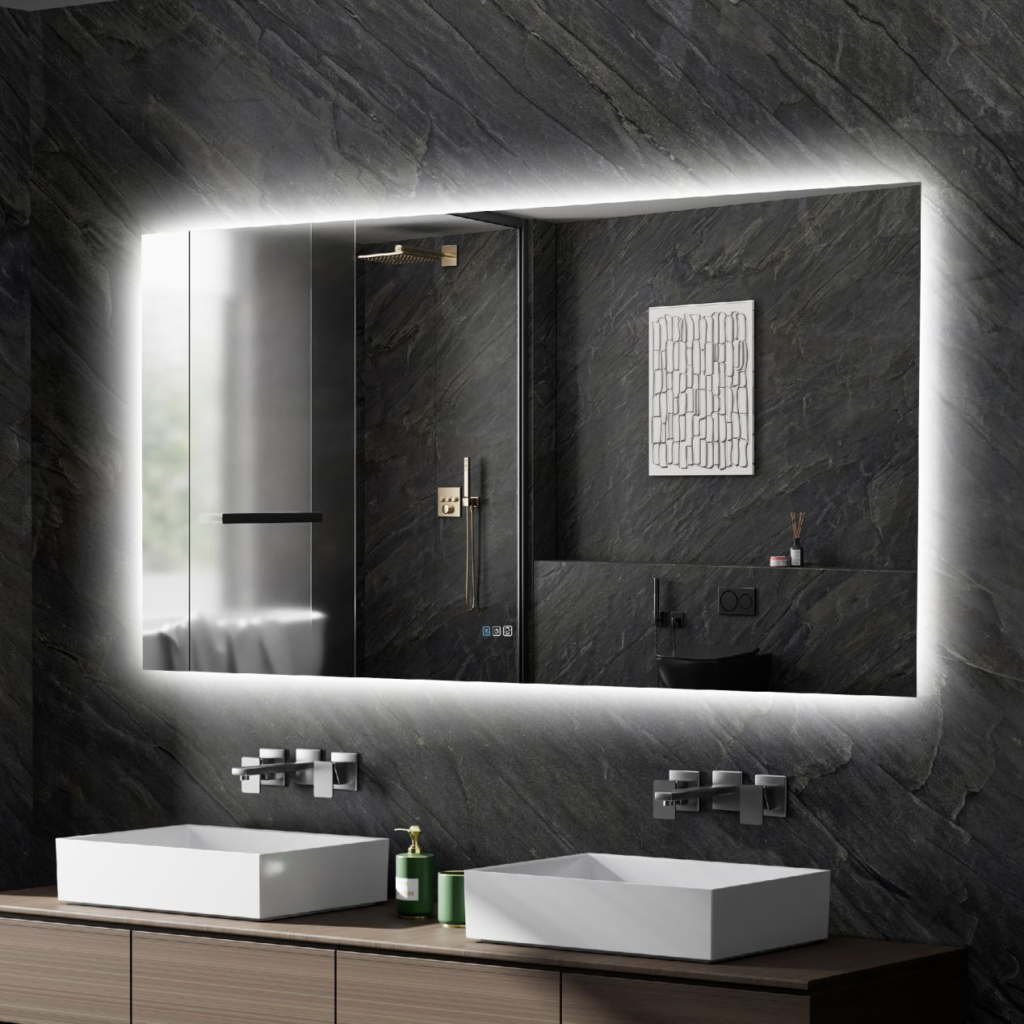
Measuring the Width
- Use your measuring tape to measure the width of the wall space where you want to install the mirror.
- If the mirror will go above a vanity, measure the width of the vanity as well. Remember, the mirror should be slightly narrower than the vanity for a balanced look.
Measuring the Height
- Measure the height of the wall space from the top of the sink or vanity to the ceiling.
- Decide how high or low you want the mirror to sit. For most bathrooms, a mirror height of 24-36 inches is standard, but this can vary depending on your ceiling height and personal preferences.
Considerations for LED Bathroom Mirrors
If you’re choosing an LED bathroom mirror, consider the placement of the built-in lights. You’ll want to ensure that the lighting is at an optimal height to illuminate your face evenly.
Step 3: Consider the Mirror Shape
The shape of your mirror will also impact the measurements. Common shapes include rectangular, round, and oval mirrors, each with its own unique look.
Rectangular Mirrors
- Rectangular mirrors are the most versatile and can be oriented either horizontally or vertically.
- When measuring for a rectangular mirror, make sure to account for both width and height to ensure it fits proportionally within the space.
Round or Oval Mirrors
- Round or oval mirrors are great for adding a soft, modern touch to your bathroom.
- When measuring, focus on the diameter of the mirror and ensure that there’s enough space on all sides for a balanced look.
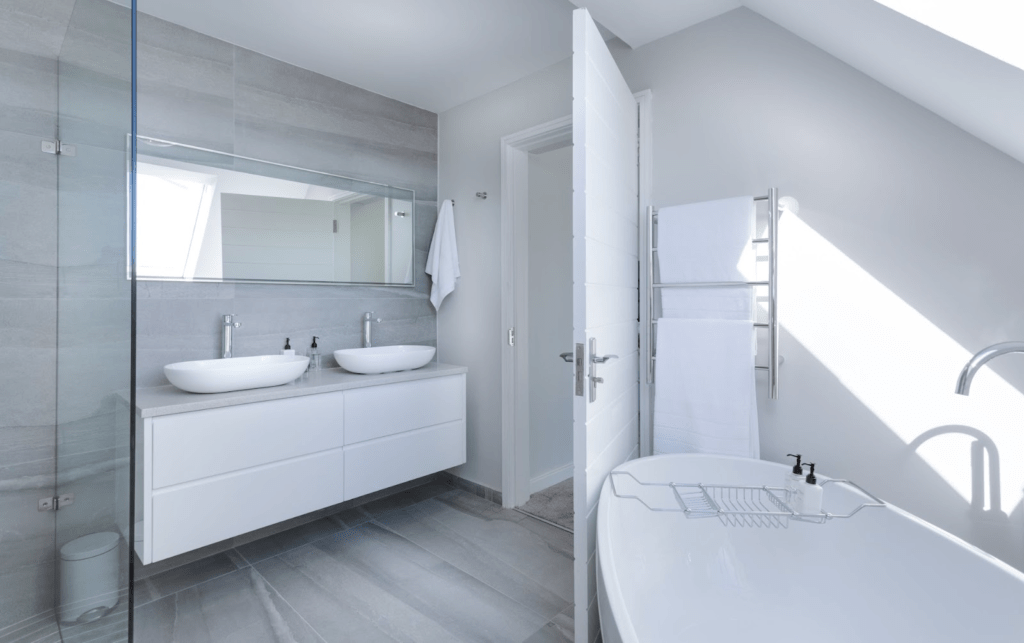
Custom-Shaped Mirrors
- If you’re considering a custom-shaped mirror, take extra care in measuring both the widest and tallest points of the shape.
Step 4: Account for Mirror Depth
While the width and height are the most critical dimensions, don’t forget about the depth of the mirror, especially if you’re installing an LED bathroom mirror with built-in features like lights or a defogger.
Measuring Mirror Depth
- Measure the depth of your current mirror or the space where the new mirror will go.
- Ensure that the mirror’s depth won’t interfere with other bathroom fixtures or impede the use of the sink.
Step 5: Plan for Lighting
Lighting plays a crucial role in how well your mirror functions, especially if you’re opting for an LED bathroom mirror. Proper lighting can make daily tasks like shaving, applying makeup, and skincare much easier.
Types of Lighting to Consider
- Built-in LED Lights: Many modern bathroom mirrors come with integrated LED lighting, offering even, shadow-free illumination.
- Vanity Lights: If your mirror doesn’t have built-in lighting, consider adding vanity lights above or beside the mirror.
- Natural Light: If your bathroom has windows, consider how natural light interacts with your mirror placement.
Step 6: Finalize Your Measurements
Before making a purchase, double-check all your measurements to ensure accuracy. It’s always a good idea to measure twice to avoid any costly mistakes.
Double-Check Your Work
- Review all measurements to ensure they’re consistent with the space available.
- If possible, mark the mirror’s dimensions on the wall with painter’s tape to visualize how it will fit in the space.
Step 7: Shop for Your Perfect LED Bathroom Mirror
With your measurements in hand, you’re ready to find the perfect LED bathroom mirror for your space. When shopping online, be sure to compare the product dimensions with your measurements to ensure a good fit.
If you’re ready to explore a variety of high-quality LED bathroom mirrors, check out this collection for options that combine style, functionality, and the latest in lighting technology.
Final Thoughts
Measuring your bathroom for the perfect mirror fit is a crucial step in creating a functional and stylish bathroom space. By taking the time to measure accurately and consider all aspects of the mirror’s placement, you can ensure that your new LED bathroom mirror not only fits perfectly but also enhances the overall aesthetic and functionality of your bathroom.


